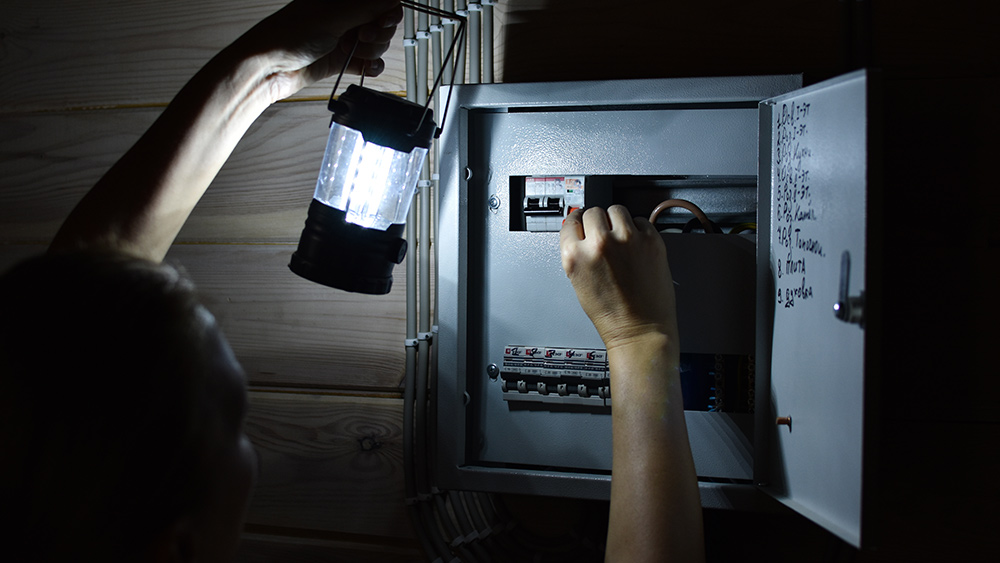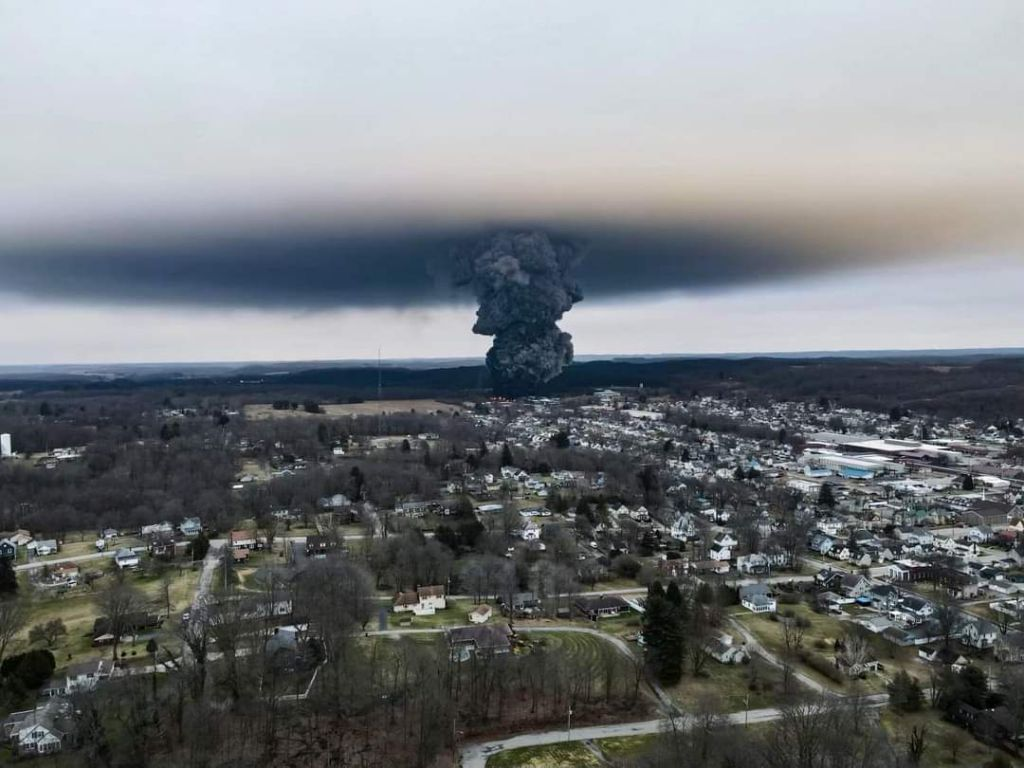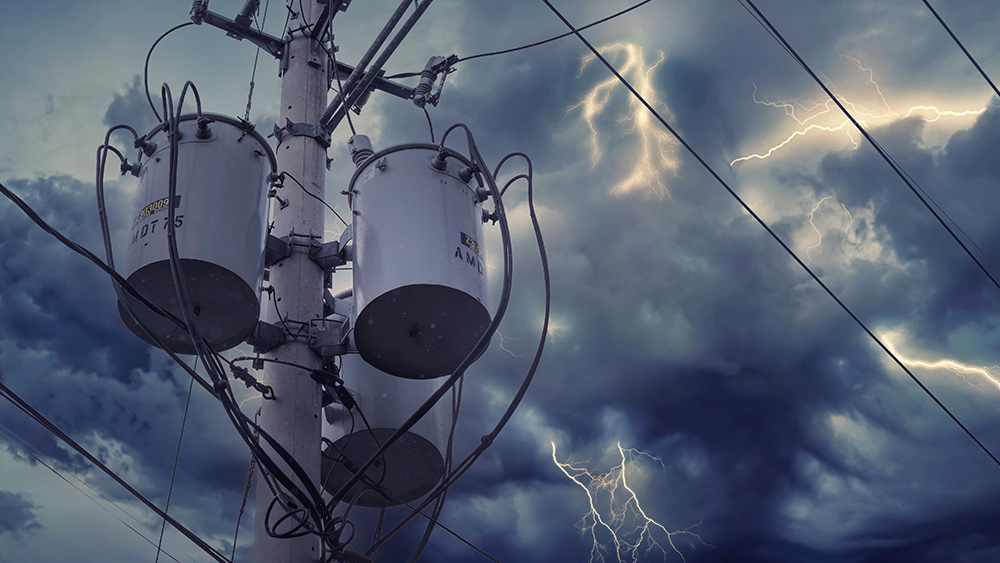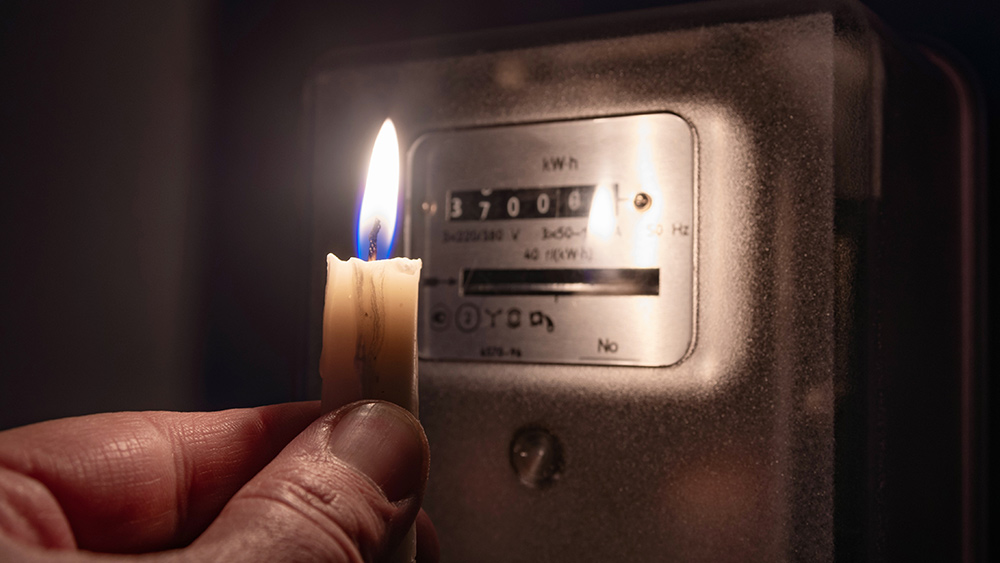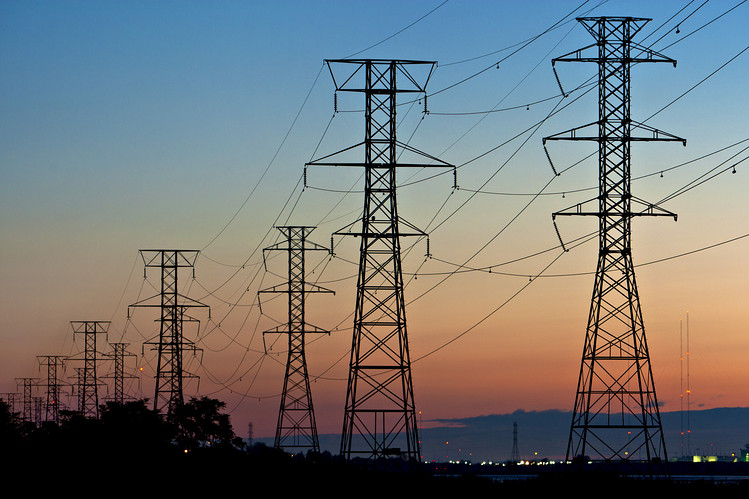
One of the two reactors at the South Texas Nuclear Power Station tripped because the facilities are not winterized to withstand extreme cold weather. Station officials submitted a report on Monday to the Nuclear Regulatory Commission explaining that a disruption in a feedwater pump caused one reactor to shut down automatically.
"It's very rare for weather issues to shut down a nuclear plant," said Brett Rampal, director of nuclear innovation at the Clean Air Task Force. "Some equipment in some nuclear plants in Texas has not been hardened for extreme cold weather because there was never a need for this."
The reactor's shutdown posed no risk to safety and was part of normal operations protocol. It also made up only 1,280 megawatts of the 30,000 megawatts of outages on Monday, which caused at least 2 million homes to lose power.
However, the return of the failed reactor would be a big boost to the state's power grid. The power station, which operates on a 12,200-acre site west of the Colorado River roughly 90 miles southwest of Houston, powers more than two million homes.
The days-long rolling outages in the state were mainly due to frozen wellheads that impeded the flow of natural gas to power stations, which caused shortages in the power supply as demand overwhelmed the state's power grid. Most of Texas' electricity output comes from natural gas-fired generation, followed by wind power generation.
Texas "minutes" away from total grid failure
Officials with the Electric Reliability Council of Texas (ERCOT), which operates the power grid that covers most of the state, said that the grid was "seconds and minutes" away from a catastrophic failure that could have left Texans without power for months, the Texas Tribune reported.
Grid operators observed warning signs that enormous amounts of power supply were being lost as the unprecedented cold snap swept the usually sunny state. Operators had no choice but to implement rolling blackouts in the early hours of Monday all through the next several days to prevent uncontrolled outages in the offing.
"[The grid] was seconds and minutes [from possible failure] given the amount of generation that was coming off the system," ERCOT president and CEO Bill Magness said.
The power supply plummeted as gas-fired power plants, wind turbines and coal plants tripped offline. At the same time, demand skyrocketed as consumers turned up the heat. (Related: Millions face widespread power outages amid historic winter storm.)
ERCOT has three emergency procedures in the event of a shortage in the power supply. It can import electricity from a few neighboring grids, interrupt power to large industrial customers or, as a last resort, order utility companies to impose rolling outages. The council was forced to order rotational blackouts because the first two measures are not enough to meet the demand.
Total grid failure would take months to repair
Magness said that the outages had to be implemented as soon as possible because a delay would have forced three more power generating units offline. This, according to Magness, would put Texas in an "indeterminately long" energy crisis.
The worst-case scenario is if the demand completely outpaced the power supply, which would cause the entire grid to go down. If this happens, infrastructure damages could take months to repair, according to Bernadette Johnson, senior vice president of power and renewables at Enverus, an Austin-based oil and gas software company.
"As chaotic as it was, the whole grid could’ve been in blackout," Johnson said. "ERCOT is getting a lot of heat, but the fact that it wasn’t worse is because of those grid operators.
On Wednesday night, ERCOT made significant progress after restoring power to many homes. The remaining blackouts are likely due to ice storm damage to the distribution system. Meanwhile, the cold Arctic air is forecast to leave the state by the late weekend.
However, the council warned that rotating outages may be necessary over the next few days to keep the grid stable.
Read more stories about power outages across the country at PowerGrid.news.
Sources include:
Please contact us for more information.















